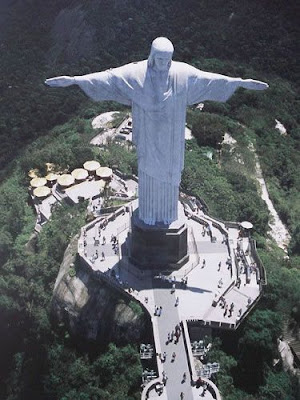Hampi is a village in northern Karnataka state, India. Hampi is a laid back village that was the last capital of Vijayanagar, one of the greatest Hindu kingdoms in India’s history.It has some extremely captivating ruins, intriguingly intermingled with large boulders that rear up all over the landscape.The ruins, which date back to the 14th century, stretch for just over 25 kilometers (10 miles) and comprise more than 500 monuments. The most striking monument is the Vittala Temple, dedicated to Lord Vishnu. Its main hall has 56 pillars that make musical sounds when struck.
Hampi Location:Hampi is in central Karnataka, approximately 350 kilometers (217 miles) from Bangalore.
















































